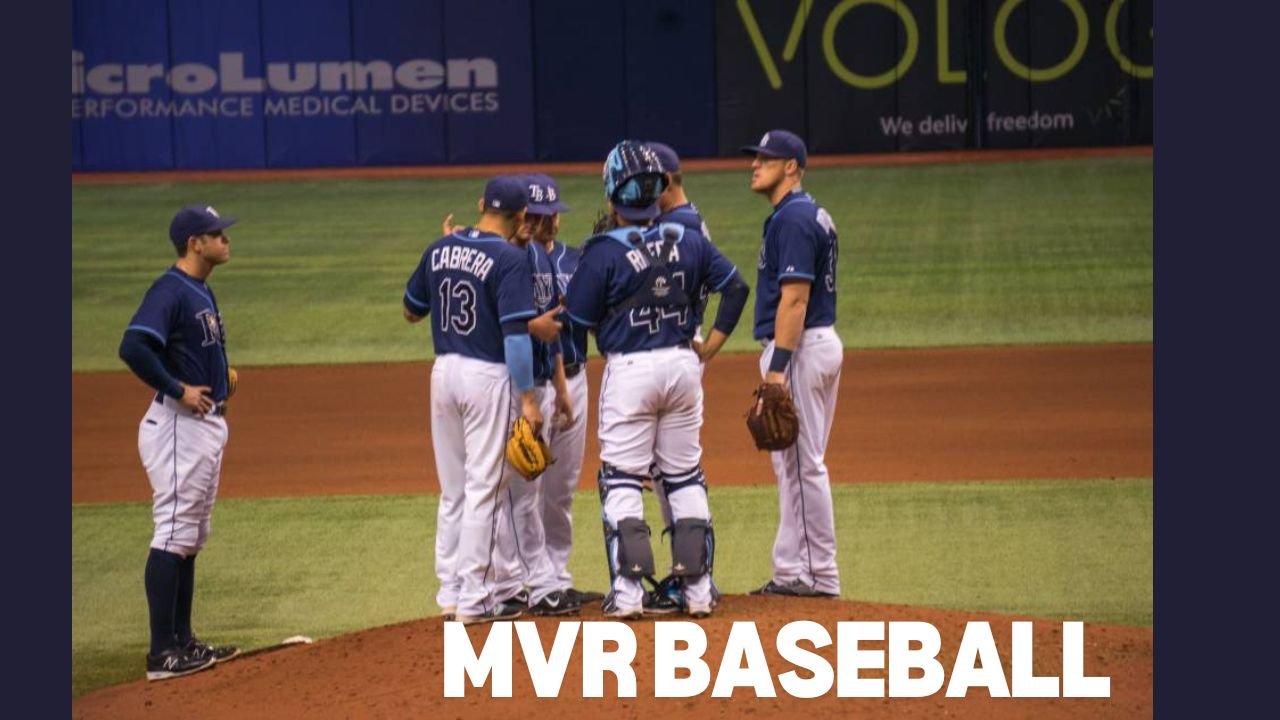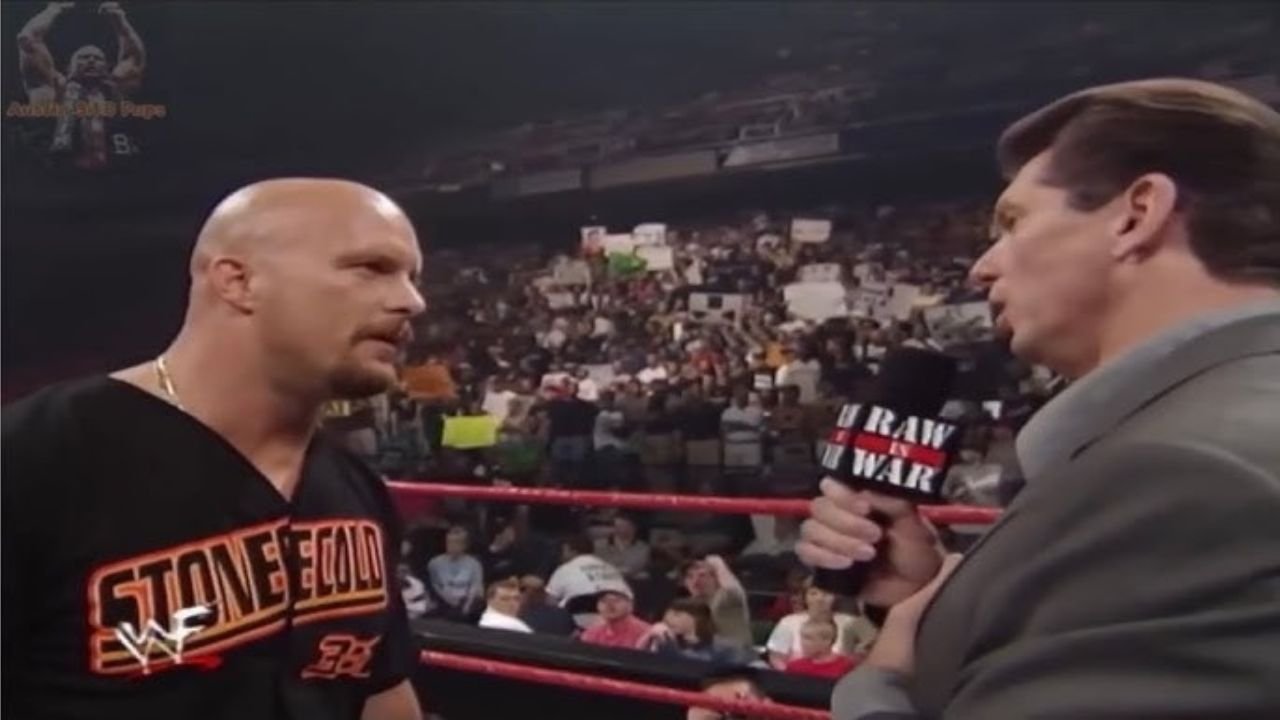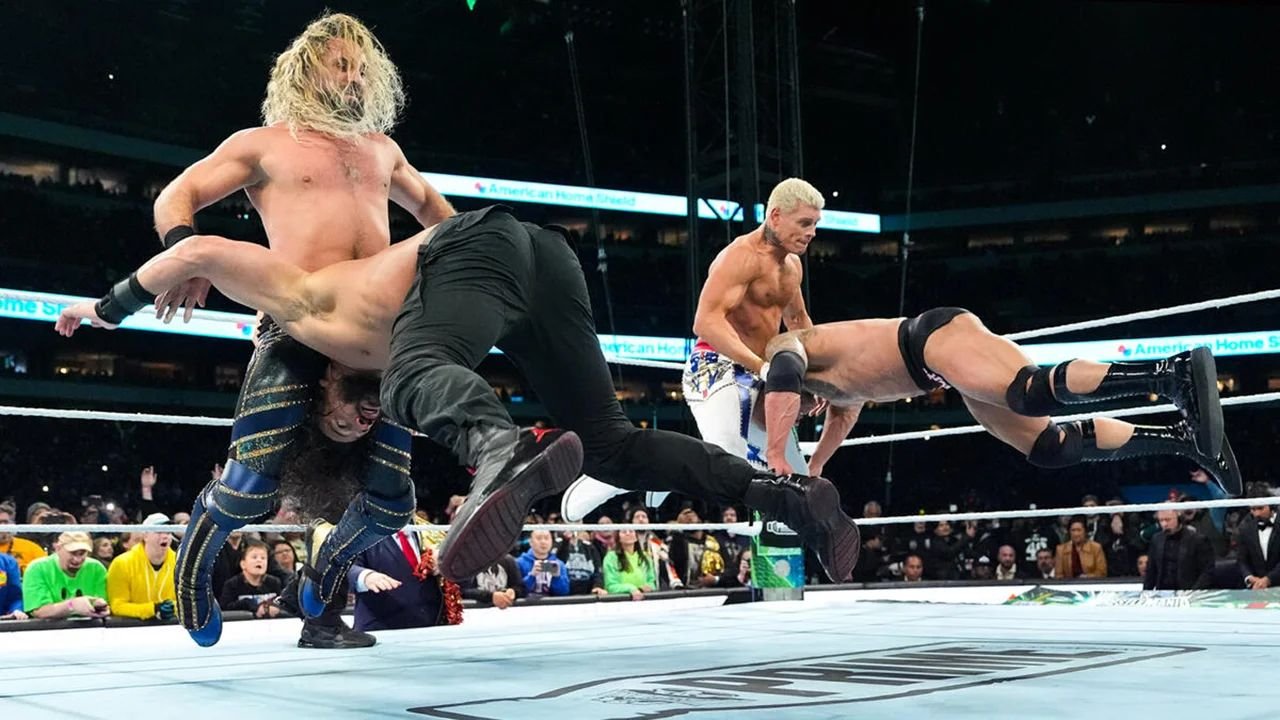Many baseball aficionados, coaches, and even players are curious about MVR Baseball. Though it is not as well-known as more conventional baseball terms like home runs, ERAs, or RBIs, the term “MVR” is crucial to contemporary baseball strategy. This article delves deeply into the definition of MVR Baseball, its operation, its significance, and its effects on players and coaches on the field.
What Is MVR Baseball?
MVR stands for “Mound Visits Remaining.” It’s a term introduced by Major League Baseball (MLB) in 2018 to regulate how often coaches, managers, and even catchers can visit the pitcher on the mound during a game. Before the introduction of MVR, there was no clear limitation on mound visits, which often led to delays and disrupted the flow of games.
The MVR rule was implemented to speed up games and keep them engaging for both players and fans. Each team is now allowed a limited number of mound visits per game, which puts extra pressure on coaches to be strategic about when they use their visits.
Key Points:
- MVR = Mound Visits Remaining.
- Introduced by MLB in 2018.
- Limits the number of mound visits to speed up the game.
- Applicable to coaches, managers, and catchers.
The Importance of MVR in Modern Baseball
The introduction of MVR has revolutionized how games are managed, especially in crucial innings. Before MVR, coaches and catchers could visit the pitcher frequently, disrupting the pace of play and frustrating fans. MVR makes the game more dynamic, forcing managers to be selective about when to visit the mound.
Why MVR Matters:
- Maintains Game Flow: By limiting mound visits, MVR reduces unnecessary pauses in the game, making it more enjoyable for fans.
- Strategic Decisions: With a cap on visits, managers need to plan ahead, considering factors like the pitcher’s condition, game situation, and upcoming hitters.
- Player Focus: Less frequent visits mean pitchers need to rely more on their instincts and the initial game plan, enhancing focus and self-reliance.
MVR is especially significant in the later innings of a close game when every decision can impact the outcome. Teams must use their visits wisely, balancing the need for strategy with the urgency of the situation.
How Is MVR Calculated?
MVR is calculated based on the total number of mound visits a team has remaining during a game. According to MLB rules, each team is allowed five mound visits per nine innings. If the game goes into extra innings, each team receives an additional mound visit for each extra inning.
Detailed Breakdown:
- Standard Game (9 Innings): 5 visits per team.
- Extra Innings: 1 additional visit per inning.
- Visits That Count Toward MVR: Manager visits, coach visits, catcher visits (including those intended to discuss strategy or calm the pitcher).
- Exceptions: Visits related to potential injury do not count against the MVR tally.
Understanding these rules is crucial for coaches and players, as every visit could have a strategic impact, especially in tight games.
Impact of MVR on Pitching Strategies
MVR has significantly influenced pitching strategies across all levels of baseball. Managers now have to carefully decide when to approach the mound, knowing they have a limited number of chances to do so. This has led to several new strategic considerations:
How MVR Affects Pitching Strategy:
- Timing: Coaches need to determine the most critical moments to use a visit, such as when a pitcher is struggling with control or facing a power hitter.
- Communication: With fewer opportunities to communicate directly with the pitcher, the pre-game planning becomes more essential.
- Relief Pitchers: MVR has changed the dynamics of when to call in relief pitchers. Managers need to weigh the pros and cons of visiting the mound versus pulling the pitcher.
This change has created a more streamlined approach to pitching, where every visit must be well-thought-out and purposeful.
How MVR Helps Coaches and Managers
MVR is not just a restriction; it’s also a helpful tool for coaches and managers. By limiting mound visits, it encourages better planning and more decisive actions during the game.
Advantages of MVR for Coaches:
- Encourages Efficiency: Coaches now focus on addressing multiple issues in a single visit, optimizing their time with the pitcher.
- Promotes Better Game Preparation: Knowing that visits are limited, teams spend more time before the game analyzing situations that might arise.
- Reduces Overcoaching: In the past, constant mound visits could lead to overcoaching, which often disrupts a pitcher’s rhythm. MVR promotes trust in the pitcher’s abilities.
MVR Rules and Regulations
The rules surrounding MVR are straightforward but important to understand:
- Five Visits in Nine Innings: Each team has five mound visits during a standard nine-inning game.
- Additional Visits in Extra Innings: For every extra inning, one additional visit is granted.
- Non-Charged Visits: Visits due to potential injuries or after a substitution do not count toward the MVR.
- Visits by Catchers: Catcher visits that involve talking to the pitcher about strategy count toward the MVR limit.
Breaking these rules can result in penalties, including being forced to leave the mound without finishing the conversation or even having the umpire eject the manager in extreme cases.
Examples of MVR in Action
To understand the impact of MVR better, let’s explore a few real-world examples where MVR rules influenced the outcome of games.
Example 1: The Critical 8th Inning
In a close game during the 2019 season, the manager of Team A used his final mound visit in the 8th inning to discuss strategy with his pitcher. Later, when the pitcher struggled in the 9th, the manager couldn’t make another visit without violating the rules, forcing him to rely solely on signals from the dugout.
Example 2: Extra-Inning Drama
In a 12-inning thriller, both teams ran out of mound visits by the 11th inning. The managers had to be creative, relying on signals and trusting their catchers to communicate effectively with the pitchers.
These examples show how MVR can add another layer of drama and strategy to baseball games.
MVR and Game Analytics
In today’s era of data-driven baseball, MVR is another element that analytics teams consider when advising managers on strategy. Advanced metrics and data analysis help determine when to use mound visits, what to discuss, and even how to best use remaining visits in critical situations.
How Data Drives MVR Decisions:
- Pitcher Performance Metrics: Data on how a pitcher performs under pressure can influence when to make a mound visit.
- Matchups: Analytics teams analyze how certain hitters perform against specific pitchers, helping determine when a mound visit could be beneficial.
- Fatigue Indicators: Modern analytics track signs of pitcher fatigue, enabling managers to plan visits at the most effective times.
How to Use MVR Data for Team Strategy
For teams looking to maximize their chances of winning, MVR data can be an invaluable resource. By analyzing previous games and understanding trends in when and why mound visits occur, teams can refine their strategies.
Strategic Use of MVR:
- Pre-Game Planning: Develop a plan for how to use visits based on the strengths and weaknesses of the opposing team.
- In-Game Adjustments: Use data-driven insights to decide when a visit is needed or if a pitcher can handle a tough situation without assistance.
- Communication Strategies: Work on developing better non-verbal communication between pitchers, catchers, and the dugout to minimize the need for visits.
Common Misconceptions About MVR Baseball
Despite being a straightforward concept, there are several misconceptions about MVR that continue to circulate among fans and even some players:
Debunking MVR Myths:
- Myth: MVR Only Applies to Coaches: In reality, catcher visits also count toward the MVR limit.
- Myth: Mound Visits Are Always for Pitching Advice: Not all visits are about pitching; some are used to calm a pitcher or discuss defensive strategy.
- Myth: MVR Makes the Game Less Exciting: While some argue that limiting visits reduces drama, many believe it adds tension as managers must be more strategic.
You May Also Like: Introduction to Diana Tourassii
Conclusion
MVR Though it may not seem like much, baseball has a big influence on how the game is played today. The MVR rule has altered how players, coaches, and management handle pivotal situations, from quickening play to adding strategic depth. Teams can gain an advantage by comprehending MVR, which enables them to maximize their tactics and keep one step ahead of their rivals.
Frequently Asked Questions
Do all mound visits count toward the MVR limit?
No. Visits related to injuries or after a substitution do not count.
What happens if a team exceeds its MVR limit?
The team cannot make additional mound visits unless it involves a substitution or an injury check.
Are extra mound visits allowed in playoff games?
The MVR rules remain the same in both regular and postseason games.
Does the catcher have to go to the mound to discuss strategy?
No, many teams now rely on non-verbal signals to communicate without using a mound visit.
Has MVR improved the pace of the game?
Yes, MVR has generally sped up games by reducing unnecessary pauses.











